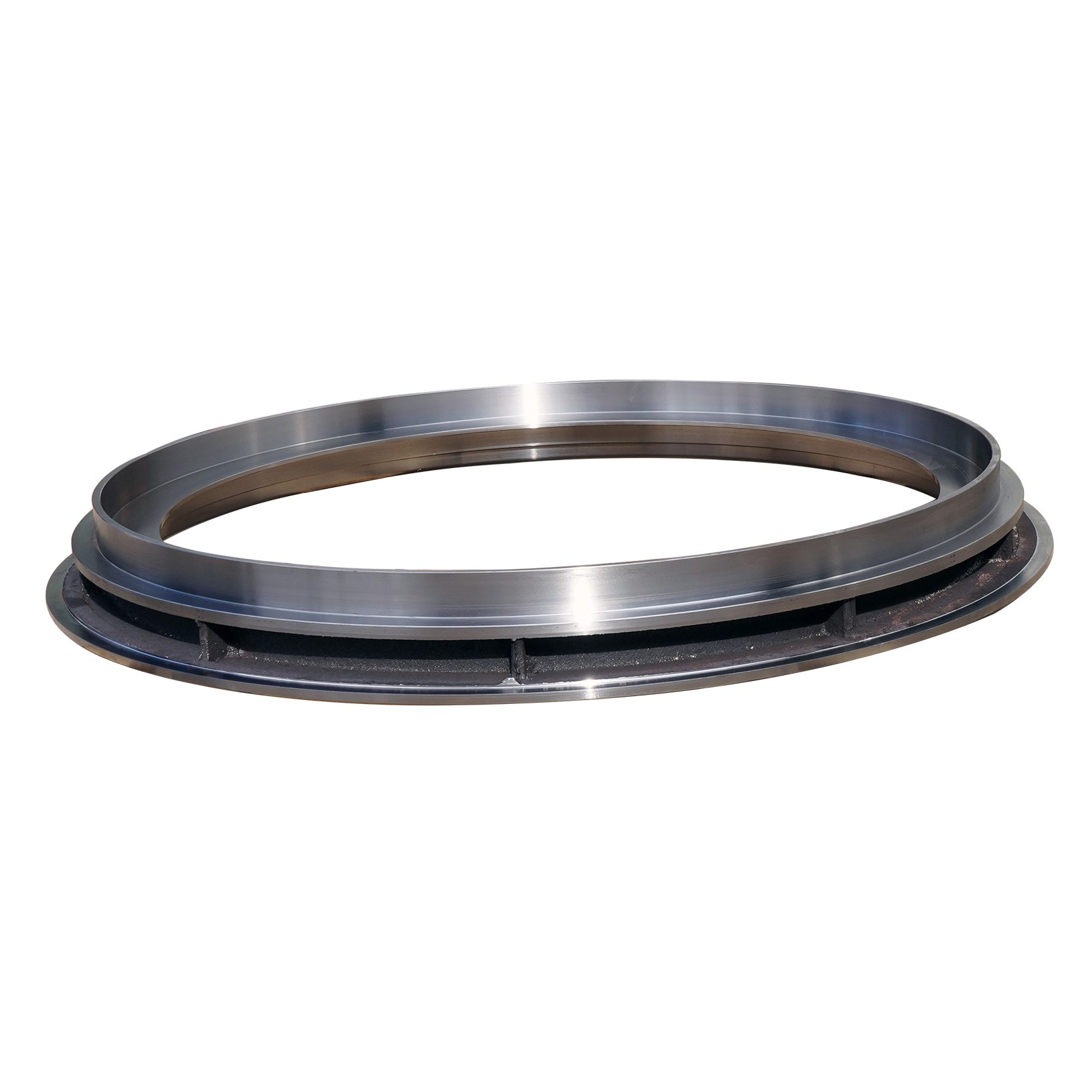دسمبر . 24, 2024 18:24 Back to list
Understanding the Solidification Process of Cast Iron in Metalworking Applications
The Solidification of Cast Iron
Cast iron, a versatile material known for its excellent castability, wear resistance, and machinability, plays an essential role in various industrial applications. Its solidification process is crucial in determining its final properties, including strength, hardness, and microstructure. This article will explore the solidification of cast iron, its phases, and factors influencing its characteristics.
Understanding Cast Iron
Cast iron is an iron-carbon alloy that contains 2% to 4% carbon, along with varying amounts of silicon and other alloying elements. Its primary classification includes gray cast iron, white cast iron, ductile cast iron, and malleable cast iron, each with distinct properties driven largely by their microstructure and the solidification process.
Phases of Solidification
The solidification of cast iron can be divided into several phases
1. Nucleation This is the initial stage where solid particles (nuclei) begin to form within the molten metal. The rate and efficiency of nucleation significantly influence the microstructure. In cast iron, the presence of graphitic carbon can enhance nucleation rates, leading to a finer structure.
2. Growth After nucleation, the solid phase starts to grow. In cast iron, the growth is particularly complex due to the presence of phases like cementite (Fe₃C) and graphite. The cooling rate during this phase plays a critical role in determining whether the graphite precipitates as flakes (gray cast iron) or as spheroids (ductile cast iron).
3. Coarsening In this stage, larger grains may form as smaller grains merge or grow larger. Coarsening can lead to reduced mechanical properties, so controlling the solidification rate is essential to achieving desired characteristics.
solidification of cast iron

Factors Influencing Solidification
Several factors impact the solidification process and, consequently, the properties of cast iron
- Cooling Rate The cooling rate during solidification affects grain size and microstructure. Fast cooling can promote the formation of a harder, brittle structure, while slow cooling tends to result in a coarser, tougher structure.
- Chemical Composition The amount of carbon and silicon in the alloy directly influences the solidification behavior. Higher carbon content promotes the formation of graphite, while silicon helps in delaying the appearance of the cementite phase, leading to improved toughness.
- Additives Alloying elements such as manganese, nickel, and copper can modify the properties of cast iron. For instance, adding nickel can increase ductility, while manganese can help in refining grain size and preventing the formation of harmful carbides.
- Mold Temperature The temperature of the mold also plays a significant role in solidification. A hotter mold may induce a slower solidification rate, leading to a finer microstructure, while a cooler mold generally results in faster solidification and coarser structures.
- Cooling Conditions Air cooling, water quenching, and the use of sand or metal molds can dramatically alter the cooling rate and, subsequently, the material properties. Controlled cooling processes can be implemented to achieve specific characteristics in the final product.
Conclusion
The solidification of cast iron is a complex, multifaceted process influenced by various factors, including cooling rates, chemical composition, and mold conditions. A thorough understanding of these parameters is essential for engineers and metallurgists aiming to optimize the performance of cast iron in specific applications. By manipulating the solidification process, the desired mechanical properties can be achieved, allowing for the continued application of cast iron in industries ranging from automotive to construction. The adaptability of cast iron, driven by its solidification characteristics, ensures its ongoing relevance in the materials engineering landscape.
-
Durable Centrifugally Cast Iron Water Main Pipe
NewsAug.11,2025
-
Centrifugally Cast Iron Water Main Pipes for Reliability
NewsAug.10,2025
-
High-Quality Centrifugally Cast Iron Water Main Pipes
NewsAug.09,2025
-
Durable Cast Iron Water Main Pipe & Drainage Solutions
NewsAug.08,2025
-
Buy Cast Iron Pipe: Premium Ductile Iron & Drain Solutions
NewsAug.07,2025
-
Durable Cast Iron Water Main Pipe | Buy Ductile Pipe
NewsAug.06,2025


